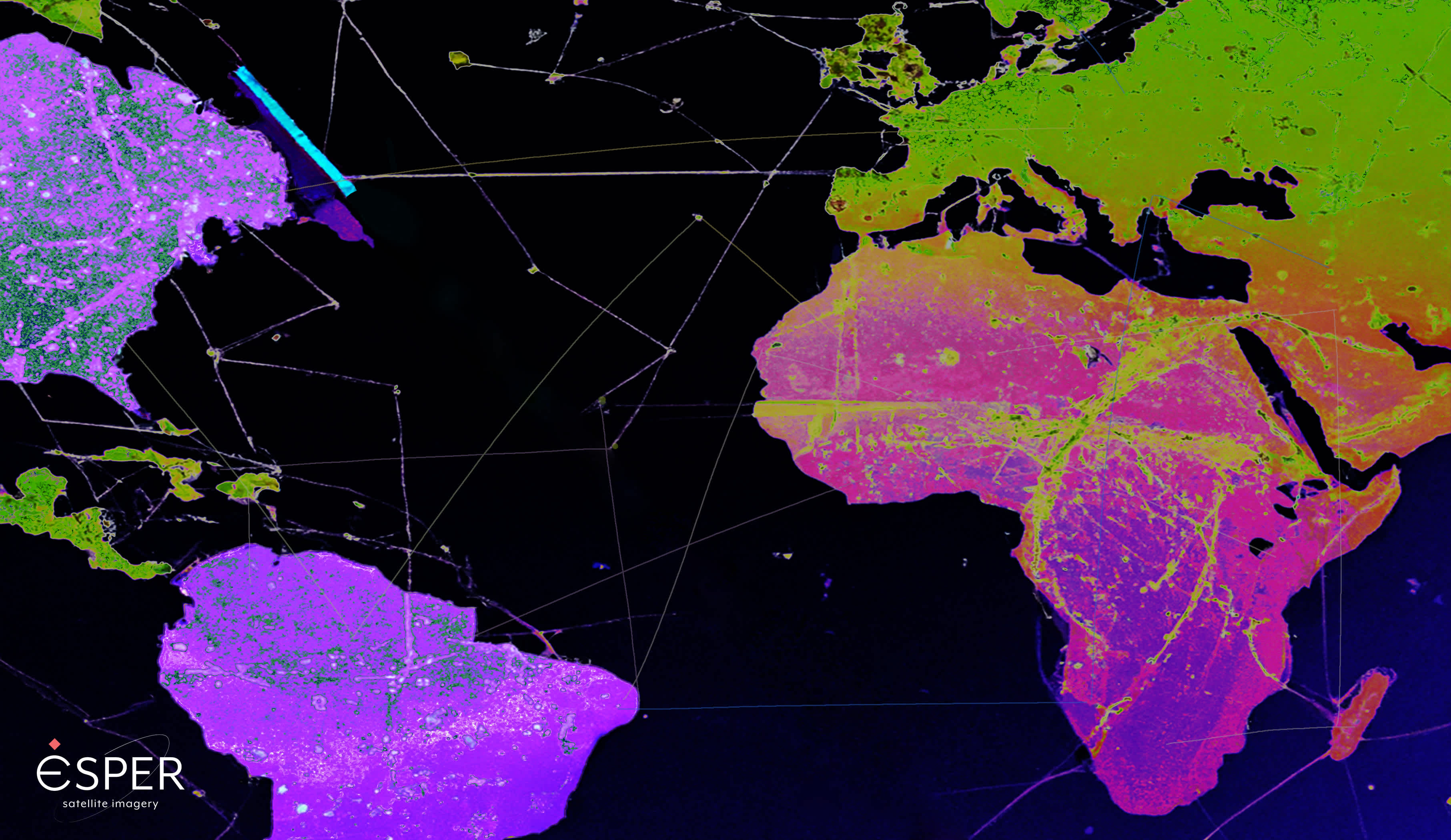
Closing Data Gaps with Hyperspectral Imagery
We got down to the basics of Hyperspectral Imagery in our last article. Let’s dive in deeper for a better understanding of the technology and how Hyperspectral Imagery helps us see the unseen.
Technology and Data Gaps
The amount of data collected depends on the number of bands the sensors can capture. Satellites were equipped with Multispectral Imagery technology before Hyperspectral Imagery technology was introduced. Multispectral imagery captures data in usually fewer than ten, broad and non-contiguous spectral bands. The bands used are typically chosen to highlight specific features of the scene being imaged. Multispectral Imagery is still fervently used today, providing sufficient data for most cases.
But there has been a growing demand for more data. Richer and more intelligent data is needed which can help support organizations' strategic planning. Hyperspectral Imagery technology can fill in that gap.
Hyperspectral Imagery technology uses hundreds of contiguous and narrow bands, covering a much broader range of the electromagnetic spectrum. The use of specialized sensors can detect and record the intensity of light across a multitude of spectral bands simultaneously. This results in large amounts of data that can be analyzed to extract valuable information as it gives more detailed and precise spectral information.
The Potential of Spectral Profiles
Each pixel in a hyperspectral image contains information about the reflectance or emission of light at each of these spectral bands. This provides a wealth of data on the chemical and physical properties of the objects and surfaces being imaged. This spectral information allows for more precise identification and classification of materials. As different materials have different compositions, it gives a distinct spectral signature across the electromagnetic spectrum.
The richer data set makes it possible to detect and identify subtle differences in the reflectance resulting from an enhanced spectral resolution. The narrower spectral bands of Hyperspectral Imagery enable more precise spectral analysis. This provides more a accurate classification of the composition, properties, and condition of objects than traditional multispectral imagery.
Hyperspectral images are useful for a range of applications, including environmental monitoring, agriculture, mineral exploration, and urban planning. With more information made available, minute details can be captured.
Overcoming Drawbacks with Esper
The increased spectral resolution of hyperspectral imagery makes it useful for applications that require detailed spectral analysis. However, it requires more sophisticated processing and analysis techniques than other methods, due to the higher dimensionality and volume of the data.
Esper is overcoming these challenges by developing industry-leading hyperspectral-capable payloads to capture the most minute part of the earth. Our hyperspectral imagers and a proprietary sensors can capture light across a much wider spectral range and at a higher spatial resolution than outdated predecessors.
We are on a mission to empower organizations to make informed and sustainable decisions by providing affordable access to cutting-edge hyperspectral images. We aim to give organizations a competitive edge by allowing them to make data-driven decisions that benefit their business and the environment.
Imagine having the power to make time-sensitive decisions based on the most up-to-date information available. With EarthTones, our flagship product, that power is now within reach. EarthTones offers a wealth of benefits across a range of industries, from real-time environmental monitoring to optimized supply chain management.
Don't wait to take your organization to the next level. Partner with Esper to get first-priority access to the latest, most accurate data and stay ahead of the competition. Sign up here and let's build a more sustainable future together.